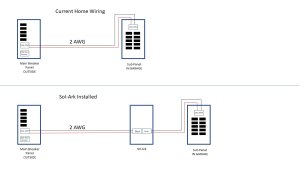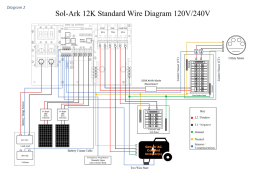robby
Photon Vampire
- Joined
- May 1, 2021
- Messages
- 4,118
My system should pay for itself in 5 years maybe a lot less if energy prices keep going up. By time I hit the 10 year mark I am pretty sure I will be open to a new Inverter if it has some kind of really good features.If I have to update in 10 years I'm gonna be pissed lol. Hopefully our technology just gets more efficient and my system will be overkill and last for atleast 20 years, preferably 30. I want it to be my children's problem haha
One item that I can see becoming popular in the next 5 years is some sort of Solar Inverter Comm Protocol that works with almost every new appliance. I am thinking that as Solar and EV's become more common everything that consumes a good deal of power will be able to talk to the Inverter and the Inverter can make decisions on what loads it needs to throttle based on your priority setting and the remaining SOC. Basically no need for a smart loads panel but instead an even more targeted way of dealing with power savings by talking directly to the Devices and letting them know what they should do.
A neat feature would be things like throttling ability for HVAC Inverter units that allow available power to be stretched even if the comfort level drops a bit in order to make everything important last until the Sun is up. Your AC might move from a set temp of 75 Deg to 79 Deg in order to save power. A Fridge might power down for 2 hours and then power back up, with just enough rise in temp to keep food from going bad.
The Dryer will wait for good PV power before starting up and will pause the heating element if PV drops for X amount of minutes and then resume again when the clouds pass by.
I know they use something similar to this in thermostats that the some power companies put into peoples house in order to deal with Heavy demand on the grid.
Last edited:




